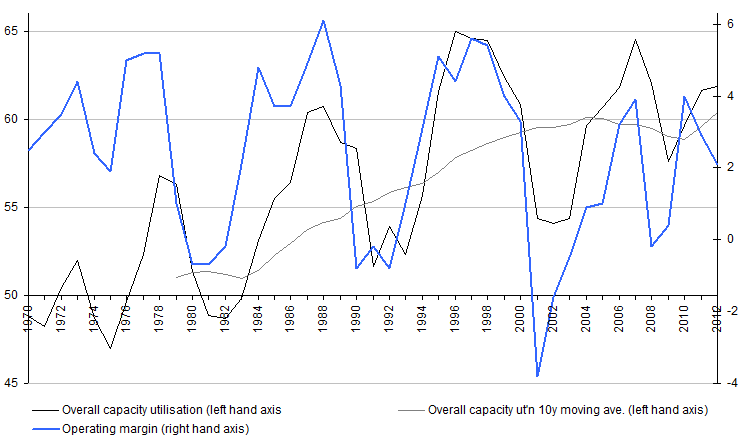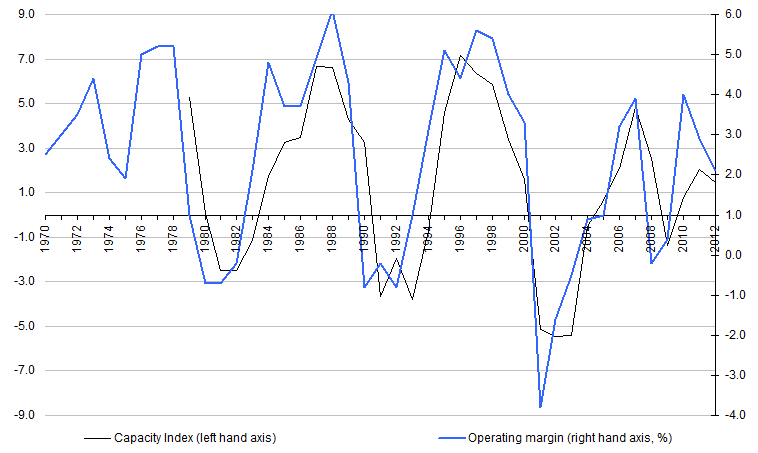Airline capacity discipline: a new global religion delivers better margins – but for how long?
The world is entering its fifth year since the global financial crisis and world GDP growth remains below historic trend rates. In addition, fuel prices look set to remain in a historically high range. In spite of these headwinds, IATA is forecasting global airline operating margins of 2.1% and 2.9% in 2012 and 2013 respectively. While these margins are very slight compared with other sectors of the aviation supply chain, they represent a creditable mid-cycle level for the airline industry.
Capacity discipline appears to be helping mitigate the impact of a sluggish global economy and high fuel prices. In this analysis, we examine the relationship between capacity utilisation and airline sector profitability and derive our Capacity Index to assess the stage reached in the cycle. We also look at how it came to pass that the industry decided to embark upon the righteous path as disciples of capacity discipline.
Global airline sector is highly cyclical, driven by GDP
The global airline industry's profitability is notoriously cyclical, with operating margins historically peaking at around 6% and hitting a trough close to -1%. The trough was a deeper -4% in 2001, the year of the 9/11 attacks in the US, and the past decade has seen operating margins peak at only 4%, with a shorter peak to peak cycle of just three years compared with nine or 10 years in the preceding three decades.
Global airline operating margins (%), 1970 to 2012
Of course, the starting point is world GDP growth, which is the key driver of airline traffic growth and also a key beneficiary of airline traffic growth. Over the past four decades, growth in global revenue passenger kilometres has averaged 6.0% and growth in world GDP has averaged 3.1%, a multiplier of close to two times. This multiplier appeared to have collapsed in the decade after 2000, a period beset with economic and geopolitical challenges, but it appears to have been restored since 2010.
The relationship is not perfect in each individual year, particularly in years where one-off events have hit the airline industry (e.g. 1991, when the first Gulf War hit air traffic out of proportion to the GDP slowdown and 1992, when traffic bounced back sharply; and 2001 when the 9/11 attacks had a heavy impact on traffic; and 2004 when traffic finally bounced back from this and the impact of SARS). Nevertheless, variations in GDP growth go some way to explain the cyclicality of the aviation sector, at least in terms of demand.
Growth in world GDP* and growth in revenue passenger kilometres for world airlines (%), 1971 to 2012
The capacity cycle has magnified the impact of the economic cycle
A fuller understanding of the cyclical nature of airline profits also requires an analysis of capacity supply. If demand cyclicality is driven by GDP growth, how has supply cyclicality interacted with this to drive the airlines' profit cycle?
The chart below shows that there continues to be a very cyclical nature to aircraft orders. For at least four decades, there has been no significant change to the pattern that sees a peak in orders about a year after a peak in airline operating margins and a trough in orders similarly lagging the margin trough. It is also interesting to note that the peaks and troughs of aircraft orders, as a percentage of the total fleet, have not changed much over the four decades.
Global aircraft orders as % of the global fleet and global airline operating margins (%), 1970 to 2012
Aircraft deliveries no longer appear to follow a cycle
Until recently, this aircraft order cycle drove an aircraft delivery cycle, wherein peaks in deliveries occurred two years after peaks in orders (roughly reflecting the manufacturing lead time). However, since the early 2000s, something rather remarkable has happened: the delivery cycle has all but disappeared. Deliveries have remained at just above 5% of the fleet for the whole of the past decade, by contrast with previous decades, when they rose to peaks of 7%-8% of the fleet and fell to troughs of 4%.
Global aircraft orders and deliveries as % of the global fleet, 1972 to 2012
This smoothing out of the deliveries curve is partly the result of airlines pushing back their delivery horizon due to economic and financial uncertainty, but also largely the result of the significant increase in the production backlog enjoyed by the airframe manufacturers. The increase in the backlog is due to the wall of orders placed by airlines in 2005 to 2008 and again in 2011 and 2012.
It seems that airlines have been falling over each other to order new, more efficient technology in the face of the significant oil price increase seen since the early 2000s, but have been happy to wait for their delivery. The introduction of new aircraft types that do not become available for several years (think A380, A350, Boeing 787, A320 NEO, 737 Max) has also contributed to the extension of delivery timescales.
Global aircraft order backlog (years of production in the backlog), 1990 to 2012
Fleet growth rates have settled at historically low levels
The flattening of the deliveries curve has also directly led to the flattening of the rates of growth in the global aircraft fleet. Fleet growth used to oscillate wildly between 2% and 6%-7%, but has remained in a narrow channel of 2.7% to 3.9% since 2002. Fleet growth has also been slowed by an increase in the rate of retirements as a percentage of the fleet to a fairly steady 2%, as older, less efficient aircraft have exited.
Global aircraft deliveries, retirements as % of the global fleet and growth in the fleet (%), 1972 to 2012
This slower fleet growth, or greater capacity restraint, on the part of the global airline sector, is to be welcomed. Historically, there has been an inverse relationship between fleet growth and global airline operating margins, with the fleet growing fastest when margins were lowest. Lower fleet growth in recent years has not abolished the cycle, but at least it has not exacerbated the margin troughs as it used to do.
Growth in the global aircraft fleet and global airline operating margins (%), 1970 to 2012
Capacity utilisation drives margins
So, if slower fleet growth is a good thing, what about utilisation of this capacity? The most commonly reported and observed measure of airline capacity utilisation is passenger load factor - how full the aircraft are - but this does not tell the whole story. Global average load factors have steadily climbed for decades, from around 56% in 1971 to around 79% in 2012, but airline profitability has not followed the same upward path. (The inability of improving load factors to drive improving profitability is primarily a result of falling yields in real terms, but that shall have to be the subject of another analysis.)
A fuller view of capacity utilisation needs to include how many hours per day aircraft are utilised (there's no point in having a full aircraft that only flies two hours a day) and the percentage of the fleet that is actually flying and not in storage (if that full aircraft is flying 24 hours a day, but its owner has another aircraft in storage, then the fleet is not enjoying high overall capacity utilisation).
Daily utilisation rates have followed a cyclical pattern, with no obvious underlying trend, while the stored surplus, as a percentage of the fleet, has tracked upward over the years. The upward trend in stored aircraft was amplified from 2000 to 2001, when there was a step change, and since when it has remained at historically high levels. As noted already, airlines have been keen to seek more modern, fuel efficient aircraft and many of the stored aircraft (while not officially retired) are unlikely to return to service.
The global airline fleet: load factor (%), flown hours per day and aircraft in storage (as a % of the total fleet), 1972 to 2012
These three measures of capacity utilisation can be used to build an aggregate measure, which can be shown to be closely correlated to global airline operating margins. Re-plotting the stored surplus as its complement, ie the number of aircraft in use as a percentage of the fleet, and daily utilisation hours as a percentage of the historic maximum (9.26 hours in 1996), we can show all three together as percentages (see the chart below).
Three measures of capacity utilisation for the global airline fleet: load factor (%), flown hours per day (as a % of the maximum) and aircraft in use (as a % of the total fleet), 1972 to 2012
If these three percentages are multiplied together, a new measure of overall capacity utilisation can be derived.
Overall capacity utilisation (%) for the global airline fleet: the product of load factor, flown hours per day (as a % of the maximum) and aircraft in use (as a % of the total fleet), 1972 to 2012
Although overall capacity utilisation derived in this way has an underlying upward trend, whereas global airline operating margins do not, the peaks and troughs of this measure coincide closely with those of the margin cycle.
Overall capacity utilisation (%) and global airline operating margins (%)
Our Capacity Index points to mid-cycle levels
Finally, the upward trend in overall capacity utilisation can be stripped out by plotting the difference in this measure from its 10 year moving average to derive an adjusted Capacity Index. This Capacity Index curve coincides closely with the global airline operating margin cycle. For 2012, the Index is at a level of 1.5, compared with a historic range of -5 to +7, so it is at a mid-cycle level.
The margin cycle appears to have become shorter in duration and to have lower peaks than in the past. However, it may also be that the industry's more disciplined approach to capacity (and a focus on costs) mitigated the impact of the global financial crisis, which led to an unprecedented 2.3% fall in world GDP in 2009. Airline margins fell no lower in 2009 than in previous cyclical troughs (none of which saw negative world GDP growth). Setting aside 2009, we may have entered a period of a less volatile margin cycle than in the past; only time will tell.
Capacity Index* and global airline operating margins (%), 1970 to 2012
Capacity discipline is delivering mid-cycle margins in spite of high fuel prices and sluggish GDP growth
Capacity restraint is the key to reducing the margin impact of the GDP-driven demand cycle in the global airline industry. There are signs that airlines have, indeed, adopted a more cautious approach to fleet growth than in the past. Ironically, this seems to be the result, in part, of a wall of aircraft orders since the middle of the last decade as airlines seek more efficient aircraft to combat what seems to be a permanent increase in fuel prices. The resulting production backlog has reached historically high levels, helping to smooth out the rate of deliveries as a percentage of the fleet at historically low levels. An increase in aircraft retirements, also a result of the search for lower fuel consumption, has been an additional factor in slower fleet growth rates. Of course, economic uncertainty and one-off events hitting demand in the sector have contributed too.
Our global Capacity Index measure of capacity utilisation, which includes daily utilisation hours and the percentage of the global fleet that is not in storage, is hovering around mid-cycle levels. This measure is closely correlated with global airline operating margins, which are forecast by IATA to be 2.1% in 2012 and 2.9% in 2013, also mid-cycle levels. Given historically high fuel prices and global GDP growth that remains below trend rates, the airlines can be cautiously satisfied that their focus on containing costs and capacity has had a positive impact.
It remains to be seen whether the newly-found discipline will remain in place in the longer term once the next generation of more efficient aircraft is in widespread service and when the global economy moves back into a more sustained period of robust health. In the meantime, the global airline sector will continue to be buffeted by the ebb and flow of the global economic tide on the demand side, but at least the negative impact of the downswings in the cycle should not be so magnified by irrational increases in supply capacity growth as in the past.
Aviation Finance Summit - Asia, 20/21 March 2013
CAPA has announced a new aviation finance event for Asia - one which promises to deliver the content every aviation finance and aerospace professional needs to know: hard facts about airline fleet and financing plans directly from the airlines themselves.
At Aviation Finance Summit - Asia, in Singapore on 20/21 March, CAPA will assemble up to 18 Asia Pacific carriers, big and small, to present their fleet and financing plans to the audience within a series of 10-minute investor-roadshow style presentations. Up to 40 airlines will be participating in the broader event, which will include the unique Fleet MarketPlace - where all participating airlines will occupy a designated space within the exhibition area to meet with finance sector participants in a relaxed setting.
Some 50 airline delegates have registered (each airline is sending at least two delegates), including:
· Air India · Air New Zealand · Bangkok Airways · Cathay Pacific · CEBU Pacific · Garuda Indonesia · GoAir · Golden Myanmar Airlines · Hong Kong Airlines · Jetstar · KLM · Lion Group · MEGA Maldives Air · Peach · Qantas · Royal Brunei Airlines · Scoot · Singapore Airlines · Skyjet/Magnum Air · SriLankan Airlines · Sriwijaya · Tiger Airways · TransAsia Airways · VietJet. More to confirm shortly.
Click here for more information about the CAPA Aviation Finance Summit - Asia.
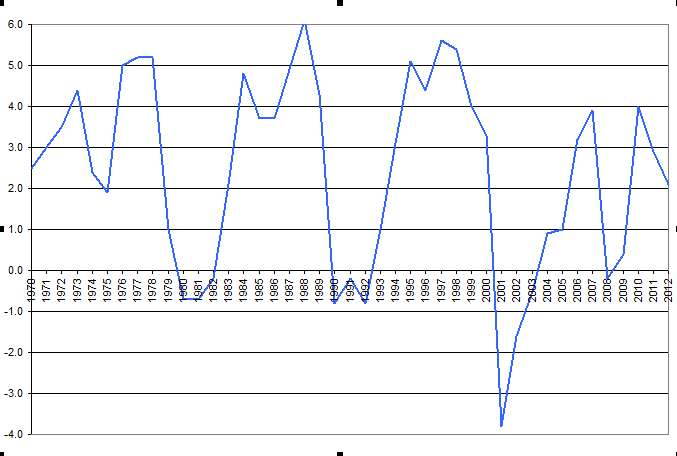
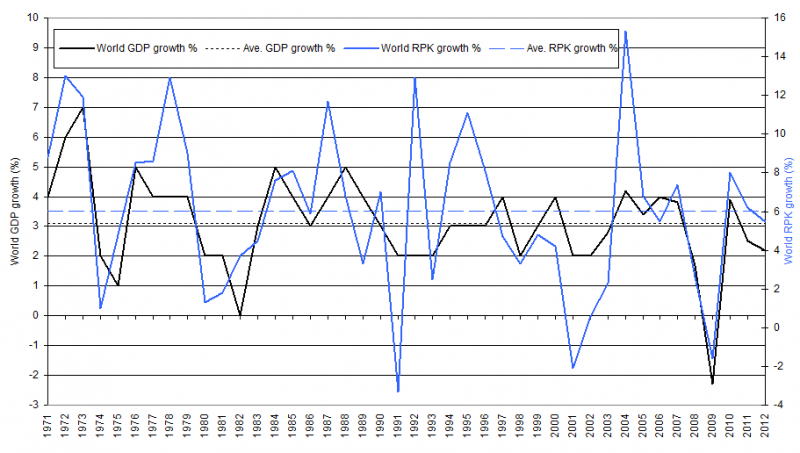
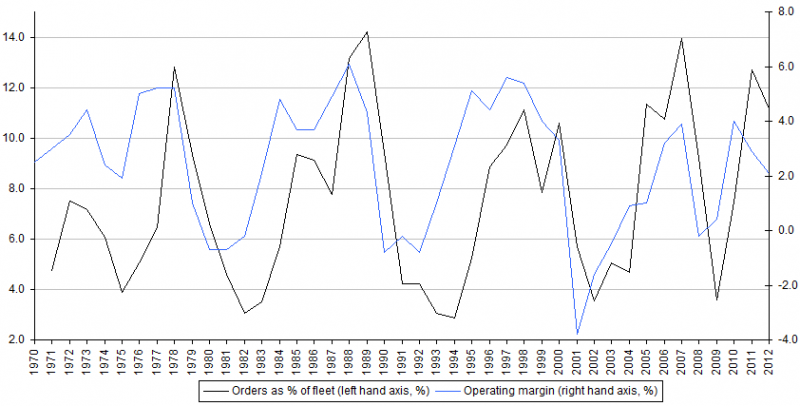

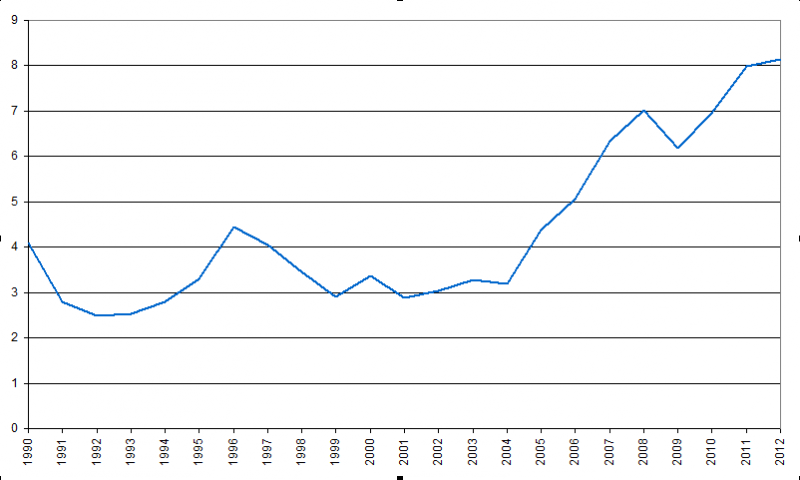
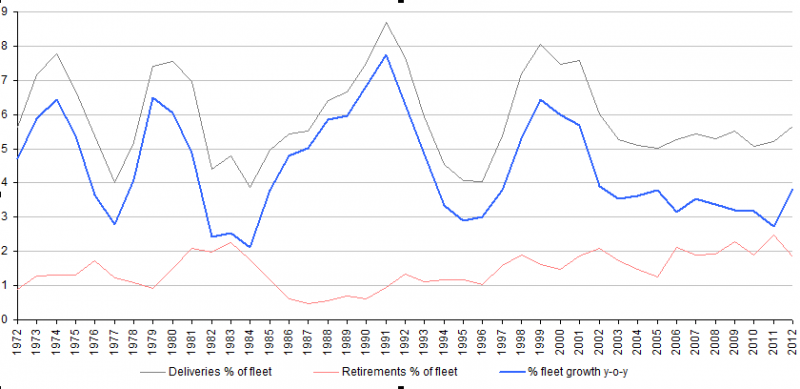
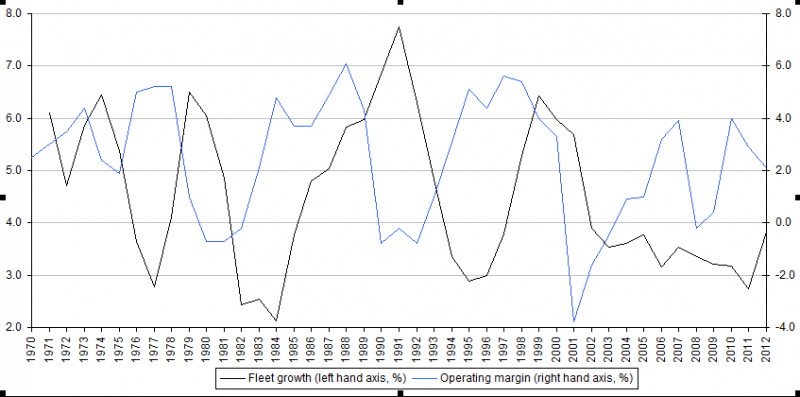
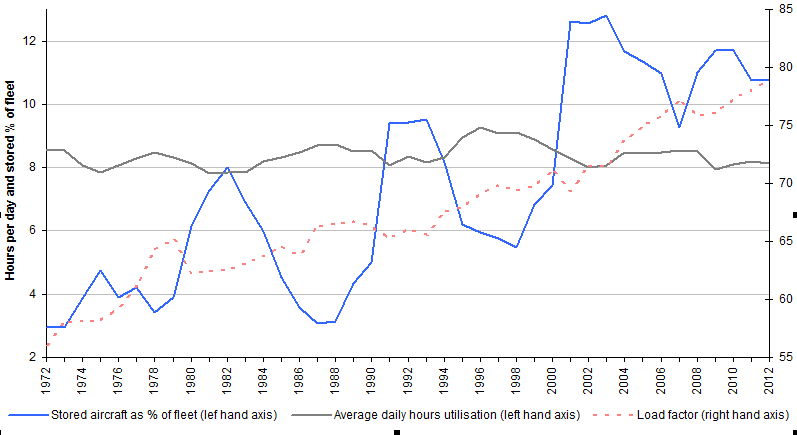
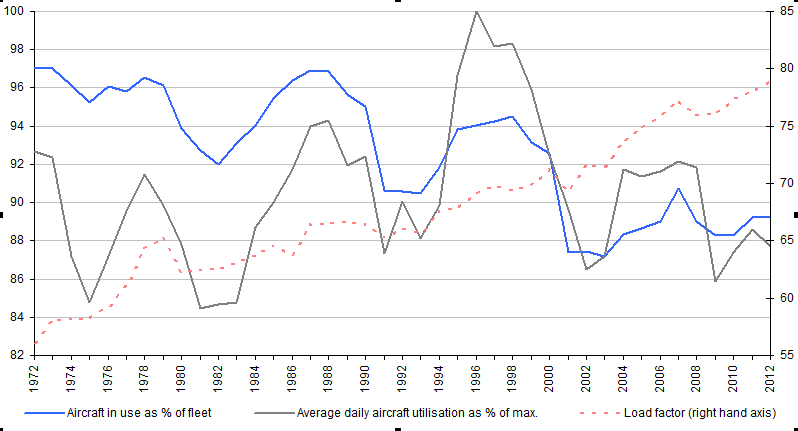 Source:
Source: 
